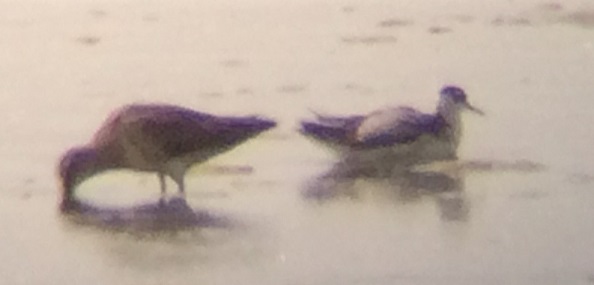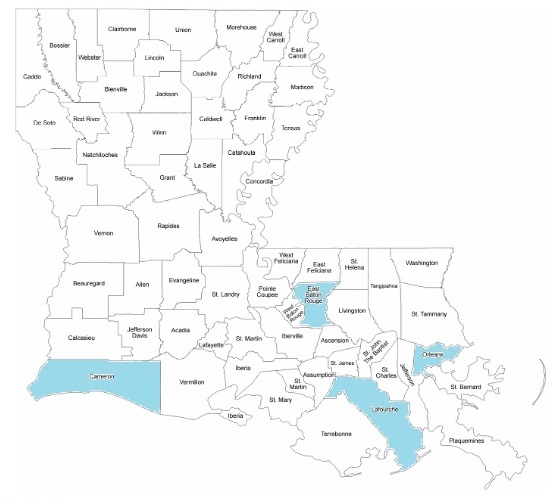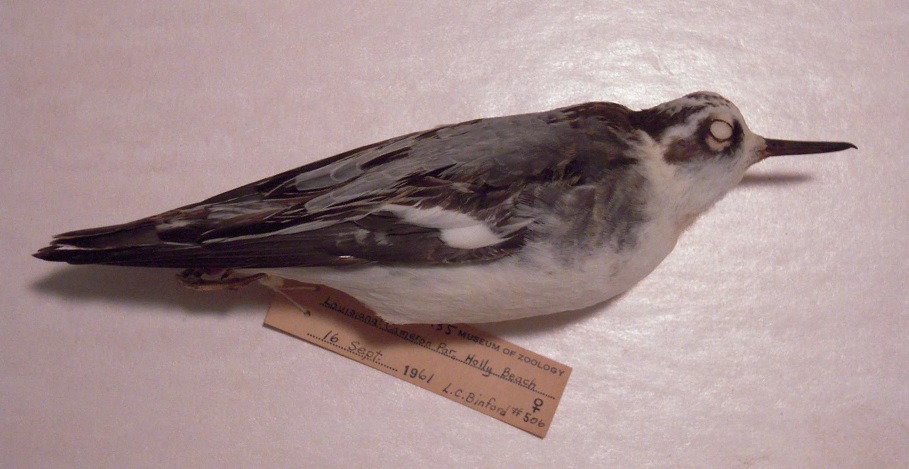
Photo by David Muth



One female (1961-03) molting from juvenal to first basic plumage on 16 September 1961, Cameron: 1 mi. W Holly Beach; Laurence C. Binford (LSUMZ 25135). This represents the second state record and Lowery (1974) also credits Delwyn G. Berrett with its discovery following Hurricane Carla (Lowery 1974).
One in basic plumage (1989-155) on 30 Oct.-15 Nov. 1989, Lafourche: Port Fourchon on Hwy. 3090, just southwest of Hwy. 1; Norton Nelkin, Phillip A. Wallace, John P. Sevenair, Joseph P. Kleiman, Charles Lyon, David R Muth, B. Mac Myers III, Al & Gwen (ph) Smalley, R D. Purrington, Gay Gomez, Nancy L. Newfield, Curtis Sorrells, Esther Boykin, Doris Falkenheiner, John McBride, D. Bruce Crider, (AB 44 (1):106).
One (2015-077) on 17-18 October 2015, Orleans: New Orleans, Bayou Sauvage NWR, Hwy. 11,
main pond;
David P. Muth (ph).
This is only the fourth accepted Louisiana occurrence.

Photo by David Muth
One in juvenile plumage (2004-076) on 6 May 2004, Vermilion: rice field on north side Hwy. 693 approx. 1.09 mi. W intersection of Hwy. 82 and approx. 0.36 mi. W intersection of Hwys. 693 X 694. The description did not adequately support the identification of this potential fourth or fifth state occurrence.